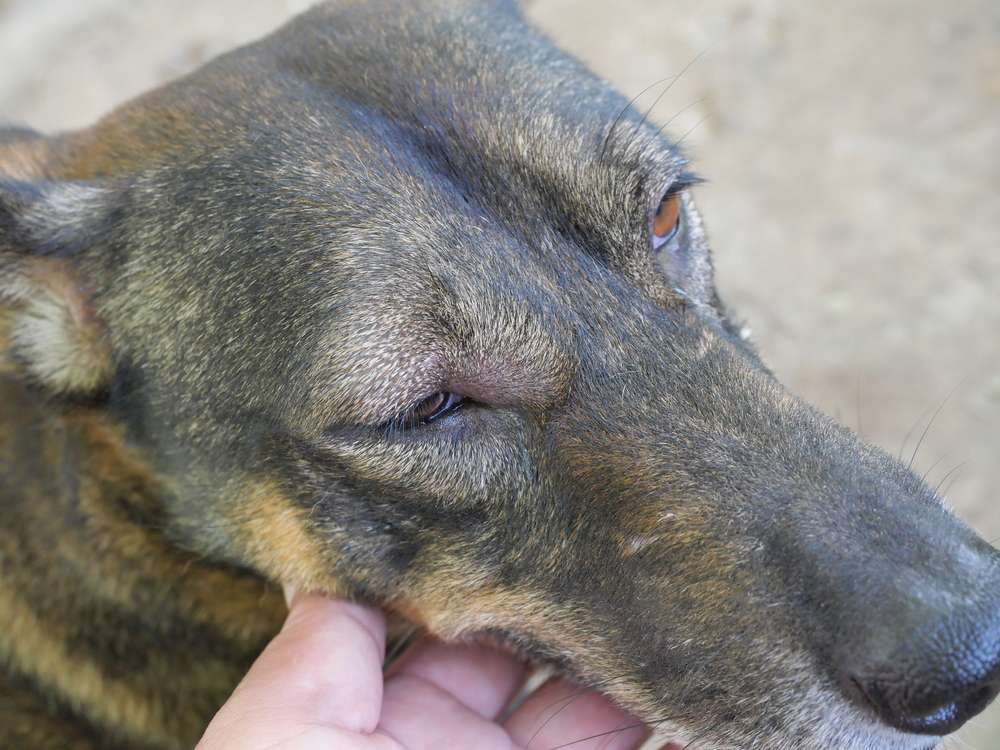Key Takeaways:
- Unexplained weight loss or changes in appetite can be a warning sign of cancer in dogs.
- Lumps, bumps, or swelling that persist or grow should be checked by a veterinarian.
- Abnormal bleeding or discharge from any body opening may indicate cancer and should be evaluated by a vet.
- Chronic coughing, difficulty breathing, or other respiratory changes can be signs of lung or other cancers.
- Lethargy, decreased activity level, and reluctance to exercise can be early indicators of cancer in dogs.
Are you a dog lover? Do you want to ensure the health and well-being of your furry friend? If so, then understanding the warning signs of cancer in dogs is essential. By delving into this topic, you will gain valuable knowledge that can potentially save your dog's life. Did you know that 1 in 3 dogs will develop cancer at some point in their lives? That's a staggering statistic! But fear not, because armed with this information, you can be proactive in detecting early signs of cancer and seeking timely veterinary care. So, let's dive into the world of canine health and explore the warning signs that could be indicators of cancer. Your furry companion will thank you for it!
Early Warning Signs of Cancer in Dogs
Cancer is a serious disease that can affect dogs, just like it affects humans. As a pet owner, it's important to be aware of the early warning signs of cancer in dogs so that you can seek veterinary care as soon as possible. Some common signs to look out for include:
- Unexplained weight loss
- Lumps or bumps on the body
- Abnormal swelling
- Changes in appetite or difficulty eating
- Lethargy or decreased energy levels
- Coughing or difficulty breathing
If you notice any of these signs in your dog, it's essential to consult with your veterinarian. Remember, early detection and treatment can greatly improve the chances of successful outcomes for your furry friend.
Recognizing Symptoms of Cancer in Dogs
Dogs cannot tell us when they are feeling sick, so it's crucial for us as pet owners to pay close attention to their behavior and physical changes. Here are some symptoms that may indicate your dog has cancer:
- Persistent lameness or limping
- Bloody discharge from any opening in the body
- Sudden and unexplained weight loss or gain
- Foul odor coming from the mouth or other parts of the body
- Changes in bathroom habits (such as difficulty urinating or defecating)
- Loss of appetite and decreased interest in activities they used to enjoy
If you observe any of these symptoms in your dog, it's crucial not to ignore them. Schedule a visit to the veterinarian for a thorough examination and proper diagnosis.
Visible Changes in a Dog's Body and Behavior that Could Indicate Cancer
Dogs can't speak, but they communicate with us through their body language and behavior. Here are some visible changes that may suggest the presence of cancer in dogs:
- Unusual lumps or bumps on the skin that have grown in size
- Sores or wounds that do not heal
- Changes in appetite, such as eating less or more than usual
- Increase in water consumption and urination
- Lethargy or decreased activity levels
- Difficulty getting up, climbing stairs, or jumping onto furniture
If you notice any of these changes in your dog, it's essential to consult with your veterinarian. Remember, early detection and intervention can make a significant difference in your dog's health and well-being.
Signs of Pain or Discomfort in Dogs with Cancer
Cancer can cause pain and discomfort for dogs, just like it does for humans. It's important to be aware of the signs that your dog may be experiencing pain so that you can provide them with appropriate care and support. Some common signs of pain or discomfort in dogs with cancer include:
- Limping or favoring certain limbs
- Whimpering, crying, or vocalizing when touched or moved
- Restlessness or pacing
- Inability to get comfortable while lying down
If you observe any of these signs in your dog, it's crucial to discuss them with your veterinarian. They can help you manage your dog's pain and improve their quality of life during their cancer treatment.
Skin and Coat Changes as Warning Signs of Dog Cancer
The skin and coat of a dog can provide valuable clues about their overall health, including the presence of cancer. Here are some specific warning signs related to a dog's skin or coat that could indicate the presence of cancer:
- Abnormal lumps or bumps on the skin
- Sores that do not heal or continue to grow
- Redness, inflammation, or swelling
- Hair loss or changes in the texture of the fur
If you notice any of these skin or coat changes in your dog, it's important to have them examined by a veterinarian. They can perform tests and biopsies to determine if cancer is present and recommend appropriate treatment options.
The Importance of Recognizing Warning Signs and Seeking Veterinary Care for Dog Cancer
As a responsible pet owner, it is crucial to be aware of the warning signs of cancer in dogs and take prompt action by seeking veterinary care. Early detection and intervention can greatly increase the chances of successful treatment outcomes for your beloved furry friend. Remember:
- Your dog cannot tell you when they are feeling sick, so it's up to you to observe any changes in their behavior, appearance, or overall well-being.
- Regular check-ups with your veterinarian are essential for early detection and prevention.
- If you notice any unusual signs or symptoms that could indicate cancer, consult with your veterinarian immediately.
Your veterinarian will conduct necessary tests and examinations to determine if cancer is present and develop an appropriate treatment plan. Your proactive approach and timely veterinary care can make a significant difference in your dog's health and quality of life.
In conclusion, it is important for dog owners to be aware of the warning signs of cancer in their pets. By recognizing these signs and seeking veterinary care early on, we can increase the chances of successful treatment and improve our furry friends' quality of life.
How do dogs act when they detect cancer?
Since then, there have been numerous accounts of dogs detecting cancer by continuously sniffing or nudging a specific area of their owner's body. Tumors release volatile organic compounds, which can be found in urine, breath, and sweat.
At what age does cancer show up in dogs?
In a group of more than 3,400 dogs, the ages at which they were diagnosed with cancer ranged from under 1 year to 20 years, with an average age of 8.8 years. This data was recorded as of February 1, 2023.
Where does cancer usually start in dogs?
Lymphoma is the most frequently occurring cancer in dogs. It starts in the lymphatic system, specifically the lymph nodes, and can potentially spread to the dog's internal organs and bone marrow. In rare cases, it may also affect the skin and lungs.
Do dogs act sick when they have cancer?
In the advanced stages of various types of cancers, certain symptoms may be observed. For example, in lymphoma, dogs may exhibit extreme tiredness, vomiting, diarrhea, reduced appetite, and significant weight loss. These signs typically indicate end-stage disease.
How long can a dog live with cancer untreated?
Without treatment, the typical survival time after being diagnosed is approximately two months. However, with chemotherapy, some cases may see their survival time extended to 12 months or sometimes even longer. It is important to note that not all lymphomas respond favorably to chemotherapy.
Do dogs know when they have cancer?
Receiving a cancer diagnosis for your dog does not necessarily mean that they have been doomed to die immediately. It's important to remember that your dog may not even be aware that they are sick.

















